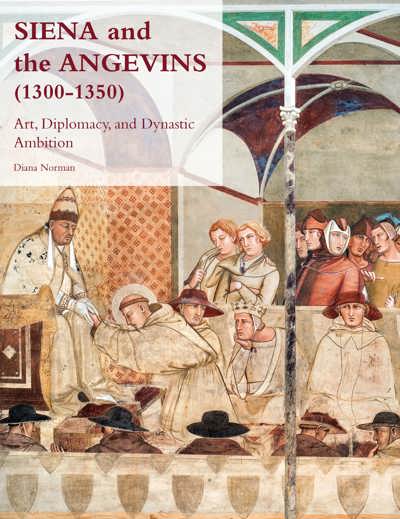
The Altar and its Environment, 1150-1400
Justin E.A. Kroesen, Victor M. Schmidt (eds)
- Pages: 314 p.
- Size:220 x 280 mm
- Illustrations:200 b/w, 100 col.
- Language(s):English, French
- Publication Year:2010
- € 95,00 EXCL. VAT RETAIL PRICE
- ISBN: 978-2-503-53044-4
- Paperback
- Available
"(...) essays which (...) provide considerable and rich insight, while laying some of the groundwork for further investigation, the sort of contribution always welcomed by the scholarly community. (Rita W. Tekippe, in: CAA Reviews)
"The present volume (...) assembles fourteen substantial essays on The Altar and its Environment 1150-1400, includes a lot of sometimes fresh material from throughout Europe, poses interesting questions and raises intriguing problems." (Willibald Sauerländer, in: The Burlington Magazine, February 2011, CLIII, p. 106)
The articles collected in this volume discuss the rise and spread of the altarpiece, or retable, as the standard altar decoration across Europe during the thirteenth and fourteenth centuries. Historians of art and liturgy have addressed such issues as the relations with other types of altar furnishings, regional variants, and their architectural, liturgical and socio-political context. The papers grew out of a symposium held at the University of Groningen (The Netherlands) in June, 2006, in which fourteen scholars from eight different countries participated. The period under scrutiny, c. 1150-c. 1400, has hitherto received only limited scholarly attention. It starts when the altarpiece was well established and ends with the great regional diversification of object types (such as the polyptych in Italy and the winged altarpiece in northern and central Europe). In turn, the altar decorations studied here are characterized by a relative uniformity stretching across media and regions, which enables comparisons to be made. The objects studied can be found in such diverse locations as Iceland, Sweden, Denmark, Germany, England, the Low Countries, central France, Catalonia, Mallorca, northern and central Italy, and Cyprus. This pan-European scope reveals connections that for many have always gone unnoticed, and contributes to a new perspective on European art that transcends modern national boundaries. The volume is illustrated with a wealth of plates and figures.
Table of Contents:
J.E.A. Kroesen and V.M. Schmidt, Introduction – M. Bacci, Side Altars and “Pro Anima” Chapels in the Medieval Mediterranean: Evidence from Cyprus – P. Binski, Statues, Retables, and Ciboria: The English Gothic Altarpiece in Context, Before 1350 – S.de Blaauw, Altar Imagery in Italy Before the Altarpiece – A. De Marchi, La postérité du devant d’autel à Venise: retables orfévrés et retables peints – F. Español, Tabernacle-Retables in the Kingdom of Aragón – F. Joubert, Un recours aux retables sculptés en pierre, à l’abbatiale de Saint-Denis (XIIIe siècle) – S. Kemperdick, Altar Panels in Northern Germany, 1200-1350 – J.E.A. Kroesen, Recentering Side Altars in Medieval Church Interiors: The Example of Late Romanesque Churches in Groningen – P.-Y. Le Pogam, Le retable de Carrières – E. Nyborg, Retables with Two Spires: A Contribution on the Early Development of the Altarpiece – V.M. Schmidt, Ensembles of Painted Altarpieces and Frontals – P. Tångeberg, Retables and Winged Altarpieces from the Fourteenth Century: Swedish Altar Decorations in Their European Context – R. Terés i Tomás, The Origin and Development of Stone Retables in Fourteenth-Century Catalonia – L. van Tongeren, Use and Function of Altars in Liturgical Practice According to the Libri ordinarii in the Low Countries




